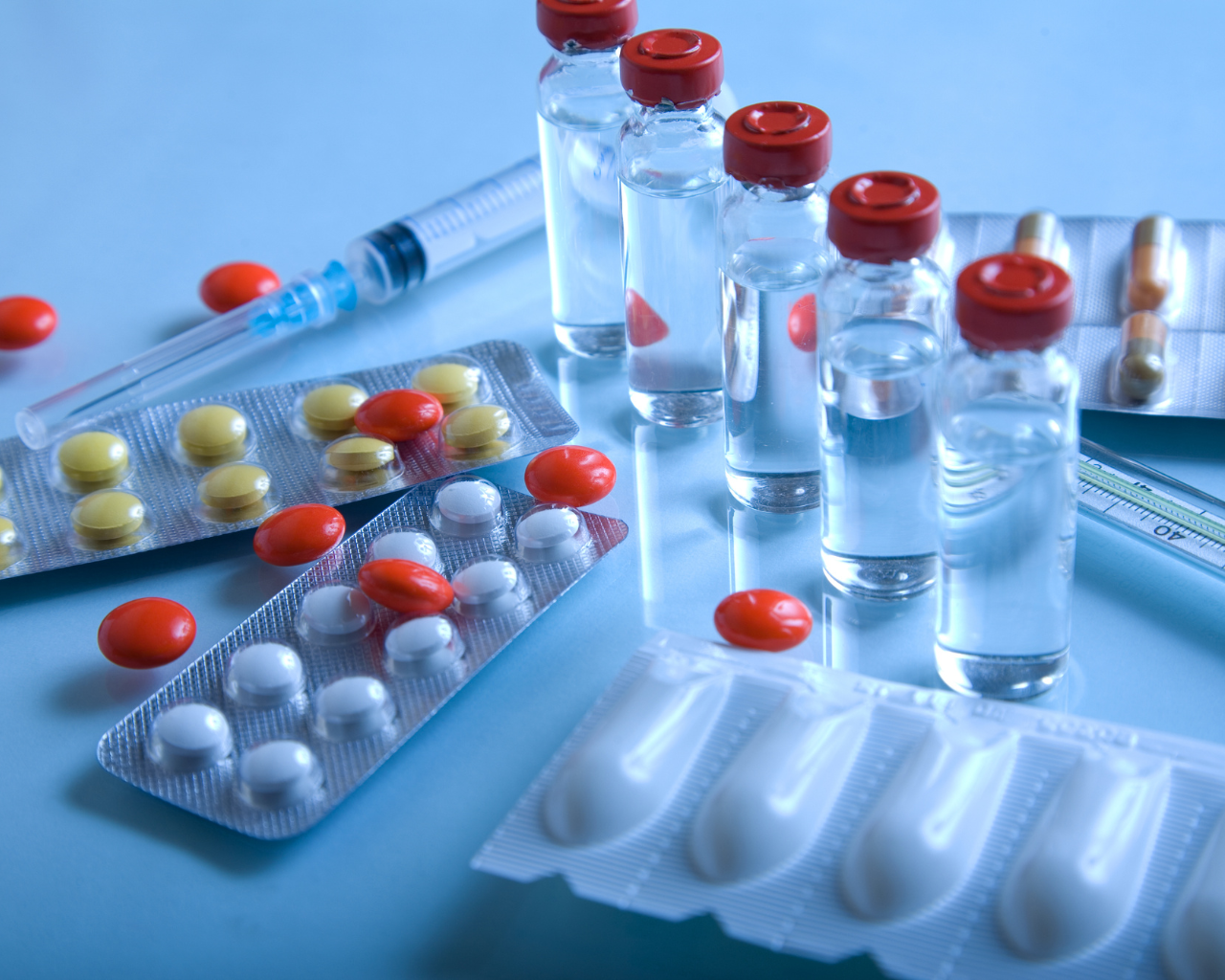The Reflection Paper discusses methodological aspects of non-interventional studies (NIS) using real-world data (RWD) to generate real-world evidence (RWE) for regulatory purposes.
The draft document on the use of real-world data in NIS to generate RWE is open for comment until 31 August 2024.
While clinical trials are the main source of evidence for the assessment of benefits and risks of medicinal products in marketing authorization procedures (they generally use randomisation, blinding, and a controlled environment), NIS are so far more accepted in post-authorization safety assessments.
Their use to assess the efficacy of medicinal products is hampered by methodological restrictions, such as the absence of randomisation, uncontrolled conditions, non-standardised treatments and uncertainties about data quality and completeness.
The reflection paper provides some examples where NIS using RWD have supported regulatory decision-making processes.
- To perform post marketing monitoring, investigate safety concerns and evaluate the effectiveness of risk minimisation measures.
- To describe patterns of drug utilisation.
- To characterise disease epidemiology.
- To validate outcome measures.
- To support the feasibility assessments and the planning of non-interventional post authorisation safety, efficacy and medicinal products utilisation studies.
- To compare patient characteristics of the study population to those of the clinical practice population in the real-world.
- To understand the clinical context, by describing standards of care, variability in clinical practices and unmet medical needs.
Conclusions
Non-interventional studies play an increasing role in the generation of evidence to define and complete the totality of the evidence required for novel vaccines and treatments as well as label extension for existing therapies.
The wide variety in research objectives, study designs, data and methods present a challenge for standardisation; on the other hand, the regulatory authorities evaluating the evidence generated from NIS and the different stakeholder groups have different expectations regarding their use and fitness for purpose.
It is important to continue the effort to achieve a shared approach.
SOURCES:
https://www.ema.europa.eu/en/reflection-paper-use-real-world-data-non-interventional-studies-generate-real-world-evidence-scientific-guideline











